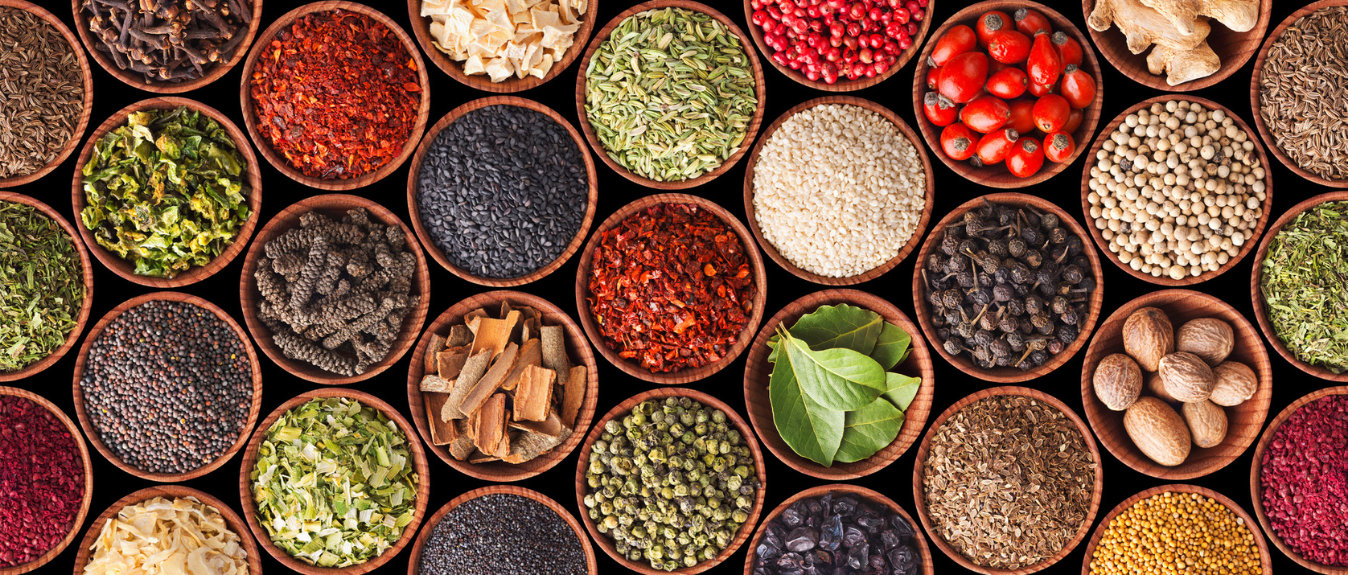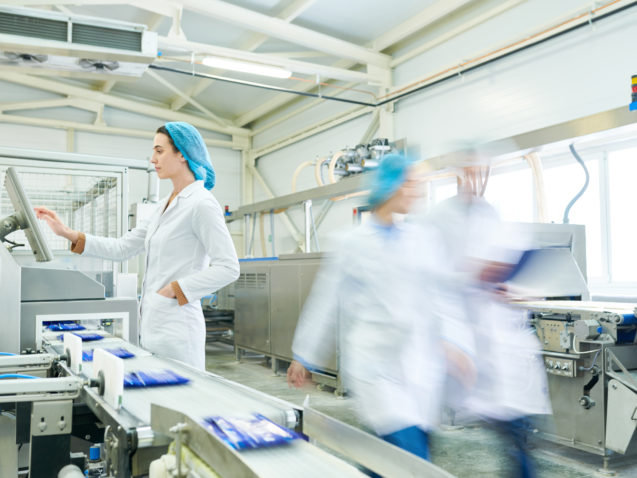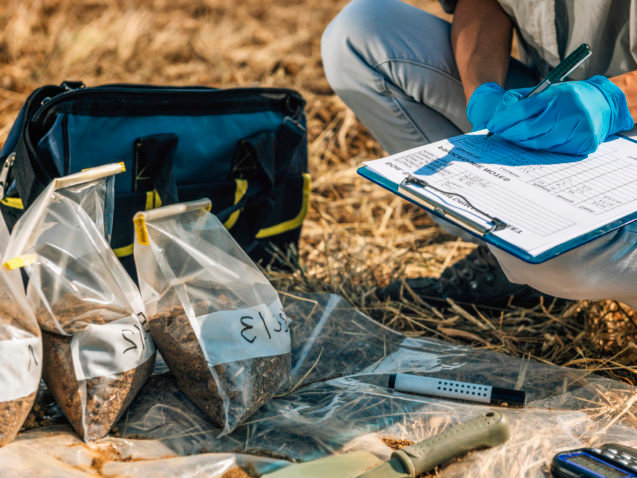Consumers commonly question the ingredients used in the foods they eat. So how can the food industry reassure the public that their food and the ingredients used to produce it are both safe and necessary?
We’ve spoken to Peter Mallender, Food Safety, Quality and Regulatory Leader at Cargill, to learn about the use and regulation of ingredients like additives, how digitisation could change food safety and why he hesitates on street food.
How has food safety changed since you started out in your career?
When I first started my career in the 1980s the focus was towards product quality and making sure the product met specifications. That’s not to say businesses were ignoring food safety, but it certainly wasn’t front and foremost in people’s minds as it is today. By the 1990s, food safety really started coming to the fore. We had new food safety standards coming out, the formation of the European Food Safety Authority (2002) providing independent scientific opinion around food safety and, in industry itself, what used to be quality assurance started to include food safety too. When I started my career, quality was a support function. Now we have a seat on the business leadership table such is the importance of food safety, regulatory compliance and quality in the industry.
Has your understanding of food safety changed your buying and eating habits?
If I go into a restaurant, particularly in the UK, I do look to see on the window what its hygiene performance is and whether they are meeting the minimum requirements.
I’m confident that the food industry is providing us with safe food
Where I am cautious is with street food and buying something cooked on the street because you don’t know the background to the food in the same way. But I’m confident that the food industry is providing us with safe food and I have seen for myself the advancements with hazard assessments, control mechanisms and technology.
So should we not be concerned about food safety scare stories?
There are always going to be exceptions and it’s easy to pull them to pieces and say that is now typical for the food industry. If someone wants to do something different, disregard safety or look for an opportunity for a financial gain then there will always be that minority out there who do that. But if you look at the food manufacturing industry: we’re regulated, there are food laws we follow, we subscribe to food standard schemes which provide a framework under which we operate, and we’re independently audited and inspected. In terms of Cargill, we have more than 3,000 employees working on food safety, quality and regulations in the agricultural and food ingredients teams. It’s not a handful of people taking care of this. It’s a significant resource.
What should consumers be legitimately concerned about?
What we always need to be mindful of, as consumers, is making sure we follow good hygienic practices.
There are certain practices that we as consumers have to take onboard ourselves
If we see best before dates, let’s respect them. If we have storage conditions that say to keep our products refrigerated, let’s do that. If we have cooking instructions that say we heat something to a certain temperature before we eat, we have to do that. We should be washing our hands and not mixing cooked and raw meats in the refrigerator. Let’s not think that we are immune. There are certain practices that we as consumers have to take onboard ourselves.
There are concerns though among consumers about ingredients, particularly additives, added to food. Why are they necessary?
All the ingredients added have functional properties. You’ve got some that are added to maintain the freshness of the product or improve or maintain its safety. You’ve also got the addition of ingredients like minerals, vitamins and fibre to improve or maintain the nutritional value.
All the ingredients added have functional properties
And then you’ve got ingredients added to improve the quality – taste, texture or appearance – of the foods. For food safety, we are adding ingredients to maintain the stability of the finished food, to extend the shelf life, and to preserve the food, preventing any spoilage caused by moulds or bacteria, which could result in food-borne illnesses.
And what steps do ingredients have to go through to be approved for use?
If you have a new food ingredient or additive that you have developed and want to bring to the market, then you have to go to the European Food Safety Authority (EFSA). EFSA is an independent scientific body, which has a team of experts who will review and offer a scientific opinion on it. Once this opinion is published, the European Commission and food additive experts from all EU Member States will consider it and decide whether the additive should be authorised for use in the EU.
Do you think our food is safer today than when you first started in the industry?
I really believe so, especially if you think about the advancements in science and manufacturing and how we produce food ingredients. We have made advancements in food manufacturing technology, control systems, risk assessments, standards and in our ability to measure certain substances faster and with lower thresholds of detection.
If you can measure something it doesn’t mean it is a risk
It is, however, important to understand that because of lower detection thresholds that it doesn’t follow that the product becomes less safe, it’s just the fact that the sensitivity of the measurement is getting better. That is sometimes a misconception out there. If you can measure something it doesn’t mean it is a risk. There are sometimes things we couldn’t dream of measuring 20 years ago and now we can measure to the second decimal place, but that doesn’t mean that small levels of certain components are unsafe. And that is where EFSA plays a critical role in making those science-based judgements.
Are there big differences between Europe and the rest of the world on food safety and how do you manage that with global supply chains?
Yes, we’ve got different standards across the world and complexities and risks that we have to manage in global supply chains. But we have tools to manage them. In the agricultural supply chain, we have different limits on undesirable substances. There are different regulations, for example, on the use of pesticides and fungicides to treat crops, which we have to pay attention to. We have to understand the risks, focus on the traceability of those product flows and put in place steps to mitigate those risks. If necessary, we have people who go out to audit, trace and verify the supply chain to understand where the risks are and put mitigations in place. The work the Global Food Safety Initiative has been doing to align standards at international level is a big step forward but there is still more work to be done.
Finally, what changes do you see in food safety over the next few years?
If I reflect on the past few months and the impact of Covid-19 it encourages us to think more about digitalisation and how we can use it to get remote assessments on the capability of our processes. As I mentioned earlier analytical measurement is becoming more sensitive, but it is also important to understand that the fact that we can measure something tomorrow that we can’t today doesn’t necessarily mean the food is less safe. And finally, we operate in a global supply chain and I would hope that, as a global food industry, we continue to move to common standards and regulations where applicable.
Check out this piece from EU Specialty Food Ingredients to learn more about how ingredients can contribute to food safety.






